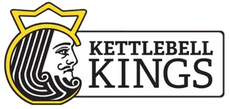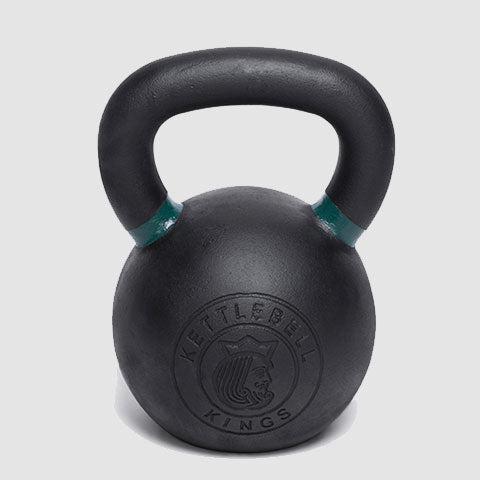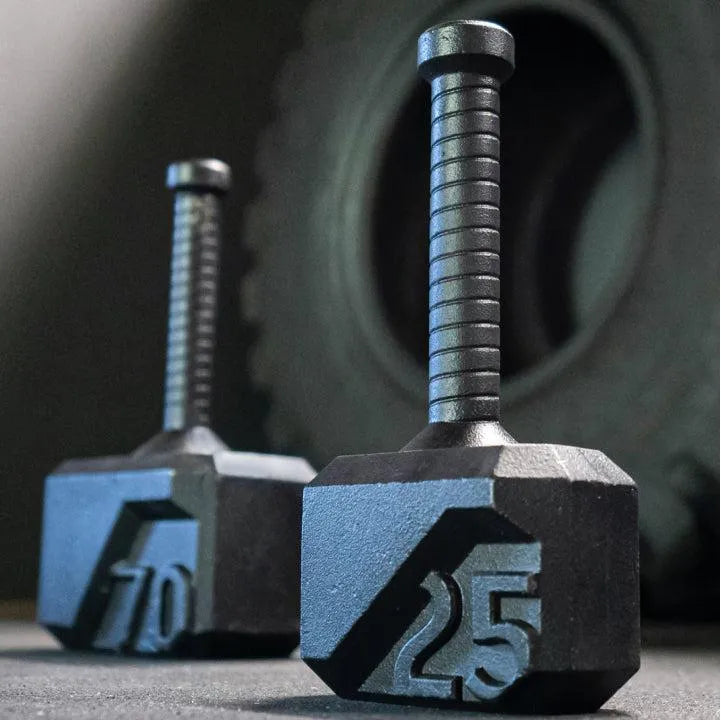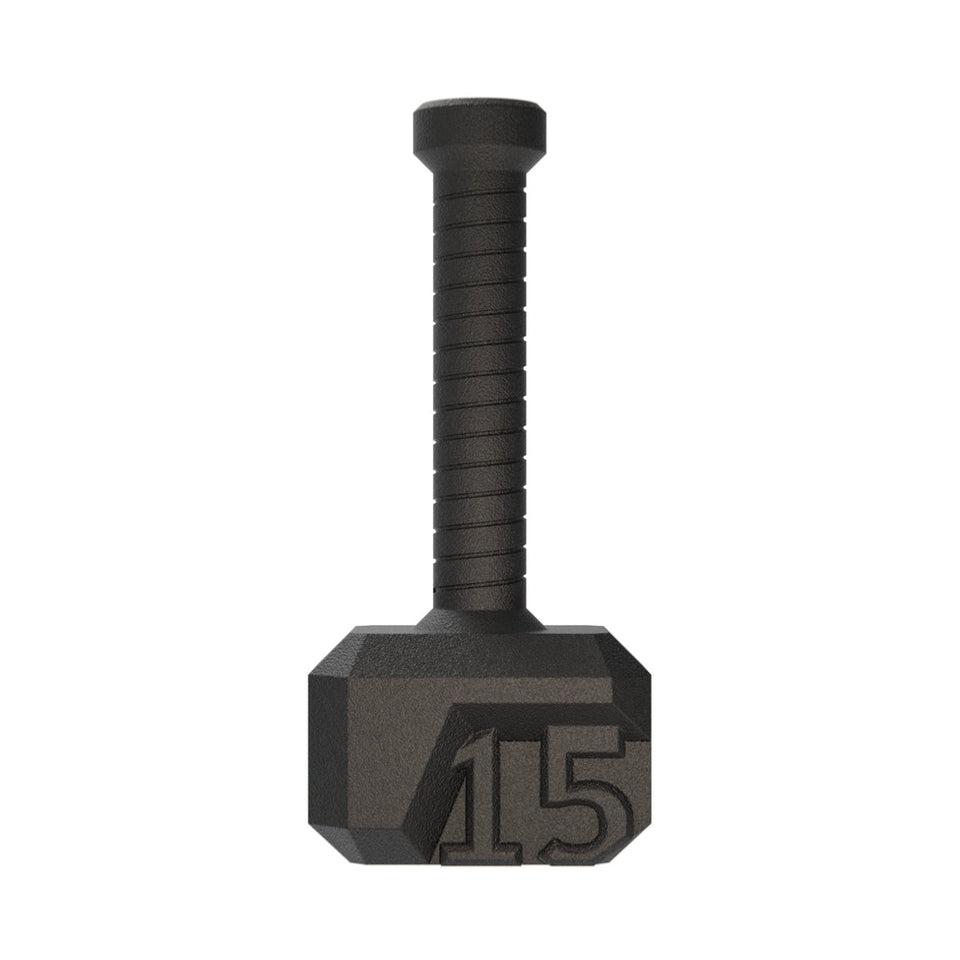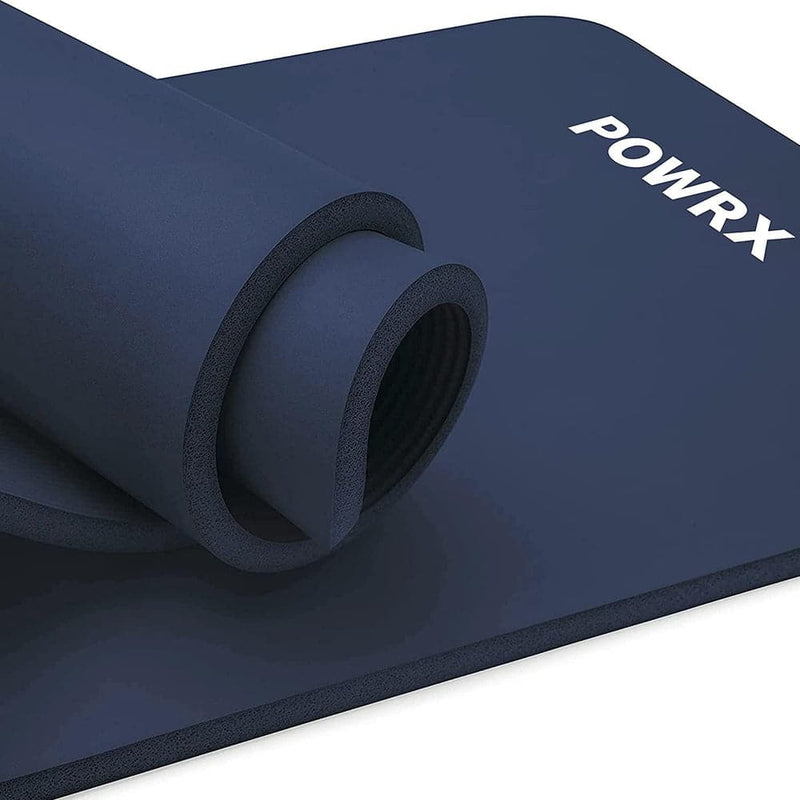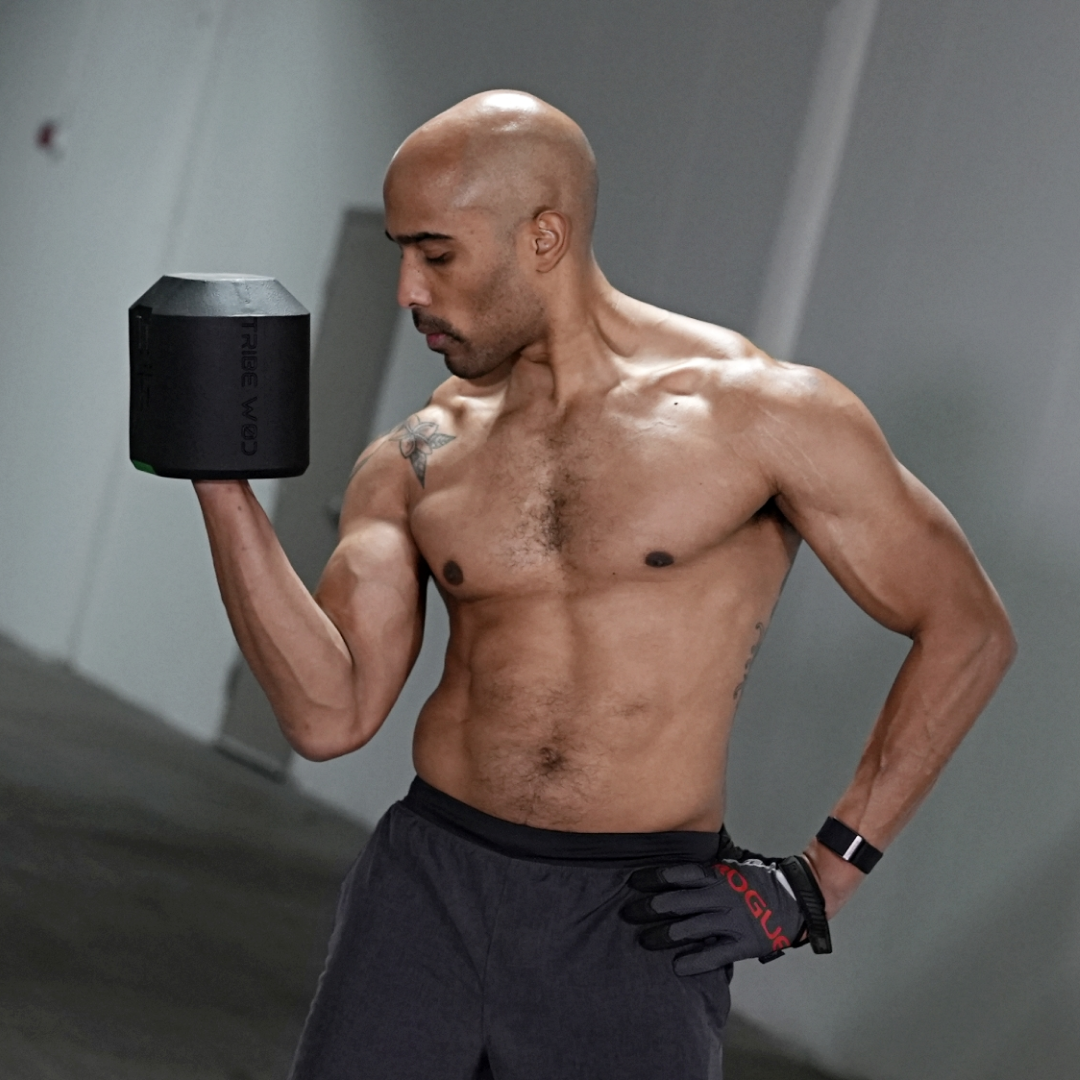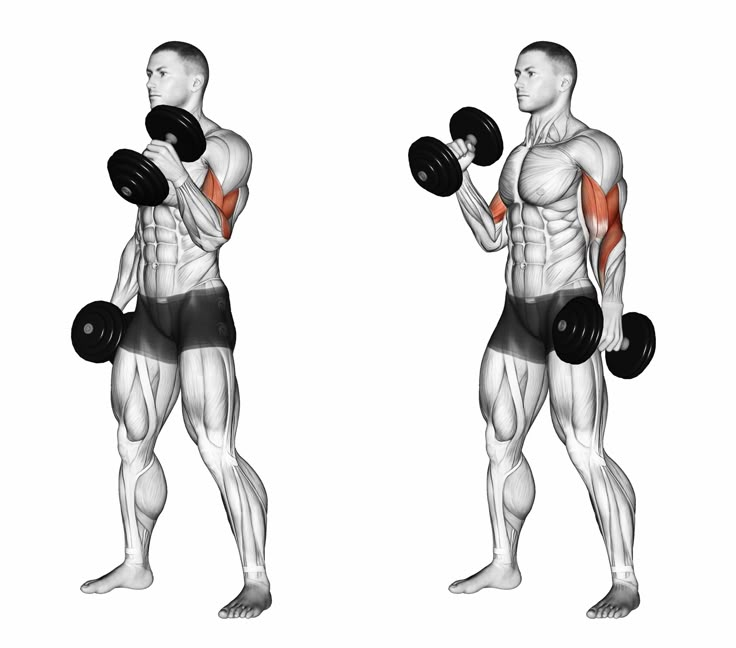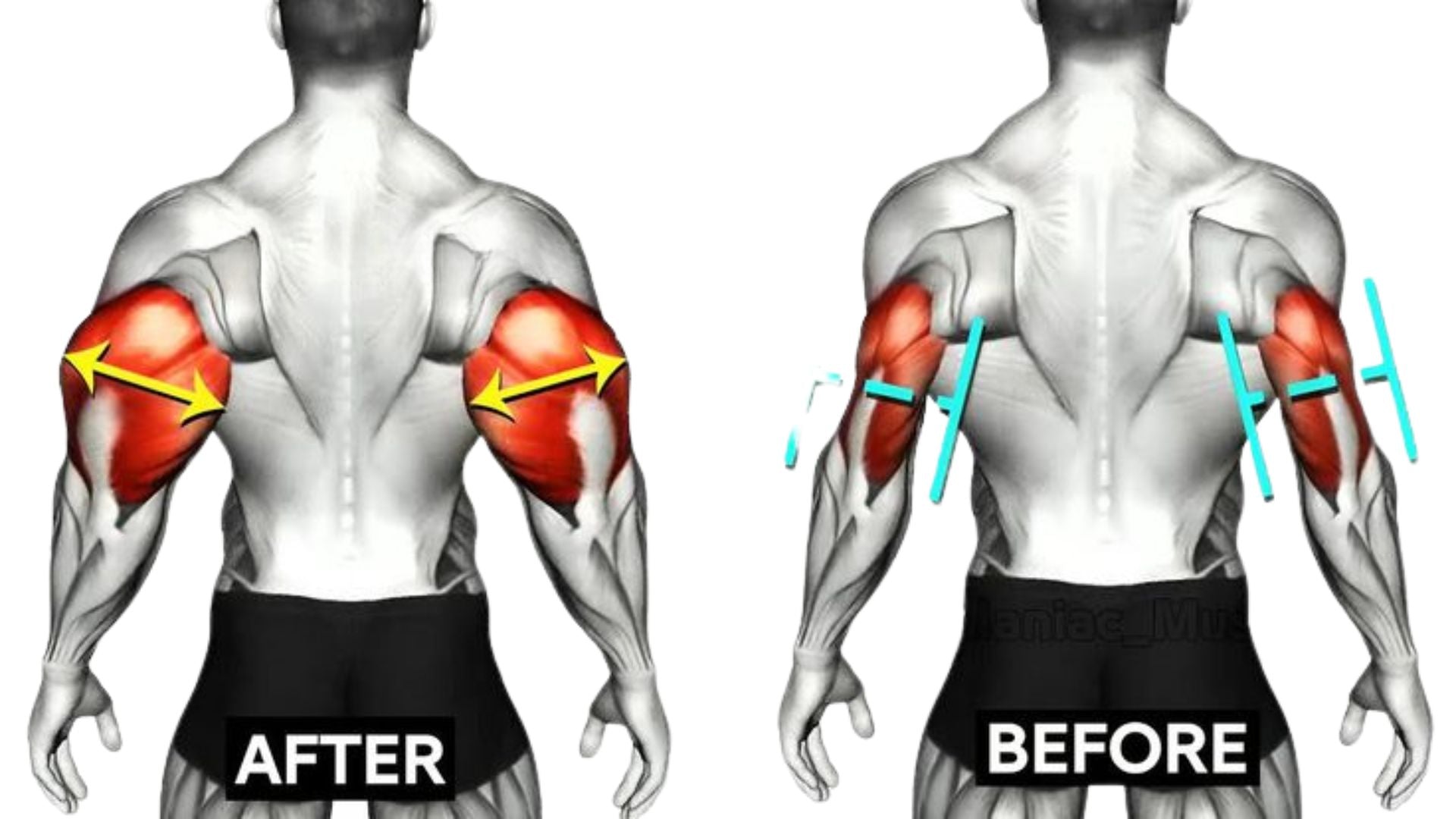The long head of the biceps is one of the two heads that make up the biceps brachii. It plays a crucial role in achieving a taller, more defined biceps peak. By understanding its anatomy and function, you can incorporate specific biceps exercises to target and develop it effectively. This article will cover the long head biceps’ anatomy, the best exercises, training tips, and common mistakes to avoid.
Anatomy of the Long Head Biceps
The biceps brachii consists of two heads: the long head and the short head. The long head originates from the supraglenoid tubercle of the scapula and runs along the upper arm, contributing to the biceps’ height and peak. This head is involved in elbow flexion, forearm supination, and shoulder stabilization, making it essential for overall arm strength and aesthetics. It also interacts with the humerus, humeral head, rotator cuff, and shoulder joint, playing a key role in upper body mobility and strength.
Tendon Importance
The long head of the biceps tendon plays a crucial role in shoulder stability and mobility. It attaches to the shoulder joint and helps prevent excessive movement that could lead to injury. A strong and healthy tendon enhances performance in weightlifting, sports, and daily activities. Overuse or improper training can lead to tendonitis or tears, making proper warm-ups, stretching, and recovery essential for long-term health.
Why You Should Focus on the Long Head of the Biceps
Focusing on the long head of the biceps enhances muscle peak, improves arm flexion, stabilizes the shoulder, and boosts athletic performance.
-
Enhances Biceps Peak: Strengthening the long head of the biceps improves arm aesthetics by creating a taller, more defined muscle peak when flexed.
-
Stronger Arm Flexion & Shoulder Stability: The long head supports elbow flexion, stabilizes the shoulder joint, and reduces the risk of tendon-related injuries during movements.
-
Essential for Athletes & Bodybuilders: A well-developed long head to bicep muscle boosts strength, endurance, and performance in weightlifting, climbing, throwing, and other high-intensity sports activities.
Best Exercises to Target the Long Head of the Biceps
1. Incline Dumbbell Curls:
Stretches the long head of the biceps tendon by placing arms behind the torso. Enhances activation, promoting hypertrophy and peak development.
How to Perform:
-
Set an incline bench to a 45-60 degree angle and sit back with a dumbbell in each hand.
-
Let your arms hang straight down, palms facing forward.
-
Curl the dumbbells upward, keeping your elbows stationary.
-
Squeeze at the top, then lower slowly to the starting position.
-
Perform 3-4 sets of 8-12 reps.

2. Hammer Curls
A neutral grip activates the brachialis, short head, and long head, improving overall arm thickness and forearm strength.
How to Perform:
-
Stand tall with a dumbbell in each hand, palms facing inward (neutral grip).
-
Curl the dumbbells up while keeping your elbows close to your torso.
-
Squeeze your biceps at the top, then lower slowly to the starting position.
-
Perform 3-4 sets of 10-12 reps.

3. Close-Grip Barbell Curls
A narrow grip shifts focus to the long head, creating a taller peak and ensuring targeted biceps tendon growth.
How to Perform:
-
Grip a barbell with hands about shoulder-width apart or closer.
-
Keep elbows tucked in and curl the barbell up to shoulder level.
-
Squeeze at the top before lowering the bar under control.
-
Perform 3-4 sets of 8-12 reps.

4. Drag Curls
By pulling the barbell close to the body, this exercise reduces front deltoid engagement, isolating the long head for superior muscle activation.
How to Perform:
-
Hold a barbell with a shoulder-width grip, palms facing forward.
-
As you curl the bar, keep it close to your body, dragging it along your torso.
-
Avoid swinging your elbows forward—keep them behind your body.
-
Squeeze at the top, then lower under control.
-
Perform 3-4 sets of 10-12 reps.

5. Behind-the-Body Cable Curls
Positioning arms behind the torso provides a deep stretch. Constant cable tension enhances long head activation, optimizing growth and improving contraction control.
How to Perform:
-
Attach a single handle to a low cable pulley.
-
Stand with your back to the cable, gripping the handle with one hand.
-
Step forward to create tension, keeping your arm behind your body.
-
Curl the handle up without moving your elbow forward.
-
Slowly return to the starting position and repeat.
-
Perform 3-4 sets of 12-15 reps per arm.

6. Concentration Curls
Isolates the proximal biceps and enhances peak contraction for a well-defined biceps shape.
How to Perform:
-
Sit on a bench, leaning slightly forward with a dumbbell in one hand.
-
Rest your elbow against your inner thigh for stability.
-
Curl the dumbbell up slowly, squeezing your biceps at the top.
-
Lower it in a controlled motion to fully extend the arm.
-
Perform 3-4 sets of 12-15 reps per arm.

Training Program for Long Head Biceps Growth
For long head biceps growth, train 2-3 times per week using strength, hypertrophy and endurance ranges. Pair biceps with back bicep workout or dedicate an arm day.
1: Reps & Sets Guidelines
-
Strength Focus: 4-6 reps, 4-5 sets for maximum power and muscle fiber recruitment.
-
Hypertrophy Focus: 8-12 reps, 3-4 sets for optimal muscle growth and size increase.
-
Endurance Focus: 12-15 reps, 3-4 sets to improve muscle stamina and conditioning.
2: Frequency & Training Splits:
-
Train the biceps 2-3 times per week for consistent growth.
-
Pair with back workouts (pulling movements) or dedicate a separate arm day for focused training.
3: Combining Long Head & Short Head Training:
-
Balance long head and short head exercises to ensure full biceps development.
-
Implement progressive overload by increasing weights, reps, or intensity over time for continuous improvement.
Common Mistakes & How to Fix Them
-
Not Using Full Range of Motion: Ensure each rep includes a full stretch and contraction.
-
Over-Relying on Short Head Exercises: Incorporate long head-specific movements.
-
Using Momentum Instead of Strict Form: Focus on controlled reps for maximum activation.
-
Neglecting Progressive Overload: Gradually increase weight or reps to stimulate growth.
Recovery and Injury Prevention
Proper recovery is essential for muscle growth and injury prevention. Allow at least 48 hours of rest between intense biceps workouts. Stretching and foam rolling can improve flexibility and blood circulation, reducing soreness. Overtraining can lead to tendonitis or muscle strain, so listen to your body and prioritize recovery techniques such as ice therapy, massage, and adequate sleep.
Nutrition for Biceps Growth
Nutrition plays a critical role in muscle development. Consume sufficient protein (1.6-2.2g per kg of body weight) to support muscle repair. Carbohydrates provide energy for intense workouts, while healthy fats aid hormone regulation. Stay hydrated and consider supplements like creatine and branched-chain amino acids (BCAAs) for enhanced recovery and strength.
FAQs on Long Head Biceps Training
1: Which exercise builds the biggest biceps peak?
Incline dumbbell curls and concentration curls are among the best for peak development.
2: How often should I train my biceps for best results?
2-3 times per week with proper recovery for optimal growth.
3: Can I train my long head without weights?
Yes, bodyweight movements like chin-ups and resistance band curls can be effective.
4: Should I train my biceps on the same day as back workouts?
Yes, pairing biceps with back can be effective, as both involve pulling movements that engage the biceps.
5: How long does it take to see noticeable biceps growth?
With consistent training and proper nutrition, visible results can appear within 6-8 weeks.
